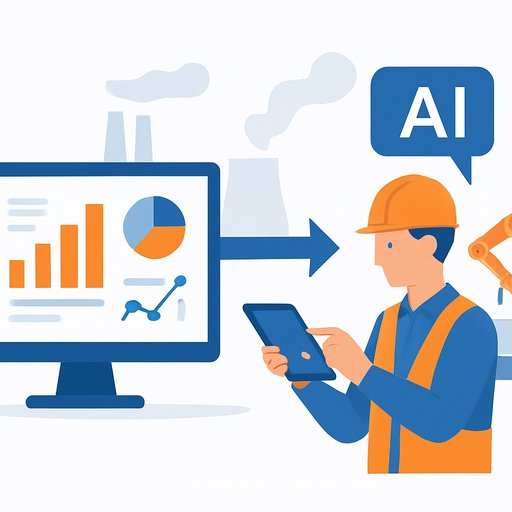China's Food-Service Playbook Is Turning AI Into a Full-Chain Operator
China's food-service industry is moving past pilot projects. New domestic AI models are now running decisions across the chain-site selection, market sizing, menu engineering, and supply forecasting. Work that took weeks is being done in minutes.
For operations leaders, this isn't a novelty add-on. AI is acting as a live decision engine: ingesting consumption patterns, delivery density, price elasticity, and competitor footprints to produce specific actions-where to open, what to price, and how much to prep.
Photo: mdisk / iStock
Where AI Is Delivering Value
- Site selection: Models score micro-locations using foot traffic, delivery demand, and nearby competition, then pair with rent and staffing data to surface viable addresses.
- Menu positioning: Menu items are ranked by local taste profiles (e.g., spice tolerance), price sensitivity, and prep complexity to optimize margins and throughput.
- Supply planning: Forecasts combine POS history, weather, holidays, and promo calendars to reduce stockouts and waste.
- Labor scheduling: Shift plans are auto-generated from predicted order volume and station bottlenecks.
- Consumer experience: Ordering systems suggest dishes by dietary needs and explain coupon stacking, improving conversion and ticket size.
How It Works Under the Hood
Data flows from POS, delivery platforms, payment systems, and inventory. The model scores options and proposes actions with confidence intervals and cost impacts. Operators keep a human-in-the-loop for approvals on high-impact changes.
The key shift: decisions once based on manager intuition now run on multi-dimensional signals updated in near real time. Speed goes up, variance goes down.
Operator Playbook: 30/60/90 Days
- Days 1-30: Connect POS, delivery, and inventory data. Clean product mappings and units. Stand up a weekly demand forecast for top 20 SKUs and one pilot store cluster.
- Days 31-60: Add menu engineering (contribution margin + prep time). Launch AI-assisted recommendations in the ordering flow with A/B tests.
- Days 61-90: Expand to site scoring for upcoming leases. Turn on automated purchase suggestions with thresholds and manager approvals.
Metrics That Matter
- Forecast accuracy (MAPE) by SKU and daypart
- Food waste and stockout rate
- Prep time variance at peak
- Labor hours per 100 orders
- Average order value and recommendation attach rate
- Menu item contribution margin after changes
- Lead time adherence from suppliers
Guardrails Before You Scale
- Data rights and privacy: Confirm consent for personalization and retention periods. If operating in China, review the Personal Information Protection Law (PIPL) for consent and cross-border transfer rules (overview).
- Bias and drift: Monitor if recommendations skew toward low-cost items or narrow cuisines; retrain on fresh data and seasonality.
- Uptime and failover: Define safe defaults if the model or data feed is down (e.g., last good forecast, fixed par levels).
- Human oversight: Set approval thresholds by financial impact or risk (pricing, staffing, and supplier commitments).
Integration Notes
- Standardize SKUs across POS, WMS, and supplier catalogs before any automation.
- Use APIs for order, coupon, and loyalty data to keep recommendations transparent at checkout.
- Log every model decision with inputs and outcomes to enable audits and continuous improvement.
- Run controlled tests by store cluster; lock in wins, then scale.
What This Means for Ops Leaders
Your edge comes from compressing decision cycles. The operators adopting AI move faster on leases, tune menus weekly, and forecast with confidence. The ones who wait will compete on guesswork against teams running live data.
If you need to upskill managers and analysts on practical AI workflows, explore job-based programs here: AI courses by job.
Your membership also unlocks:






